Unveiling the Magnificence of Abu Simbel Temple
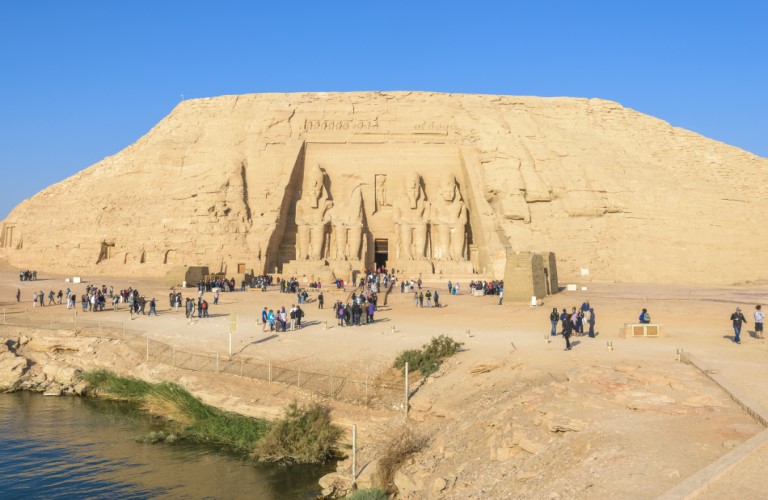
Introduction
Overview of Abu Simbel Temple
Abu Simbel Temple, a magnificent testament to ancient Egyptian architecture, is located on the banks of Lake Nasser in southern Egypt. This stunning site, built during the reign of Pharaoh Ramses II in the 13th century BC, features two grand temples carved into a mountainside, showcasing the Pharaoh’s devotion to the gods.
Historical Significance
The historical significance of Abu Simbel cannot be overstated. It served multiple purposes:
- Political Statement: It depicted Ramses II’s power and established his divine right to rule.
- Religious Center: The temples were built to honor the gods and showcase Ramses’s piety.
- Cultural Heritage: The architecture and art provide insights into the era’s craftsmanship and beliefs, making it a key site for understanding ancient Egyptian civilization.

Construction and Design
Architecture and Layout
The architecture of Abu Simbel Temple is nothing short of breathtaking. Designed to impress and inspire, the temples feature:
- Four Colossal Statues: Each standing 20 meters tall, these statues depict Ramses II in a commanding pose.
- A Grand Facade: The entrance is adorned with intricate reliefs and hieroglyphics, telling the story of Ramses’s victories.
Interior Features
Upon entering, visitors are greeted by extensive carvings that illustrate historical events and religious rituals. The interiors boast:
- Sacred Sanctuaries: Specifically designed for worship and offerings to the gods.
- Relief Panels: Each panel offers stories and prayers, showcasing the artistry of ancient craftsmen.
This combination of formidable exterior and elaborate interior emphasizes the temple’s dual role as a monument to power and a space for devotion.
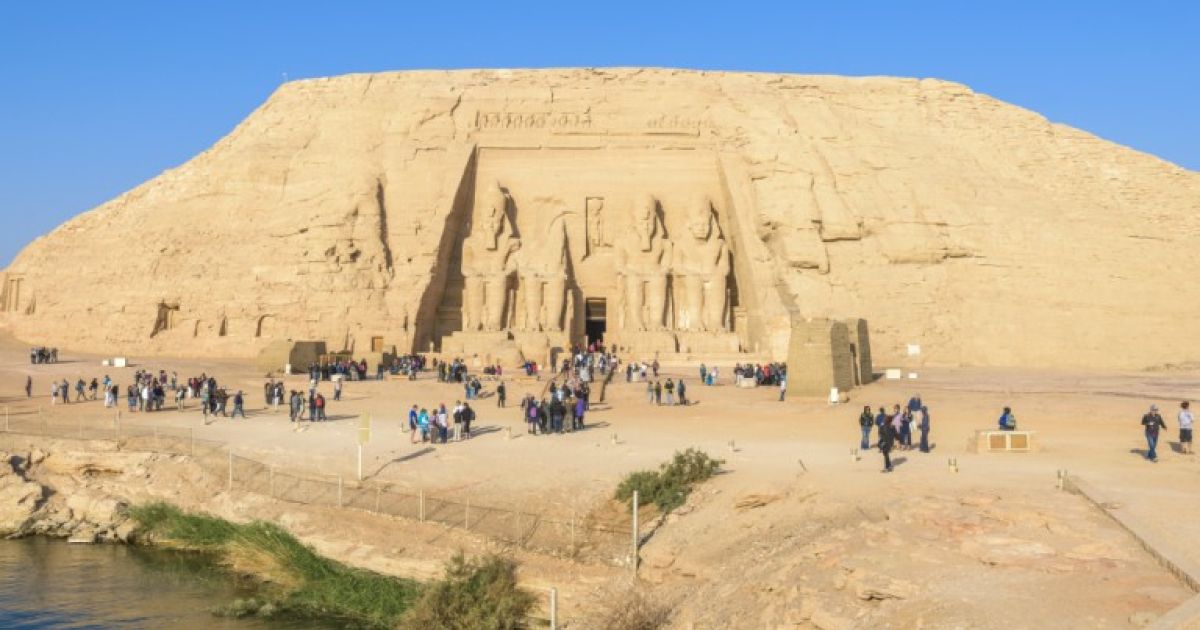
The Great Temple of Ramses II
History of the Temple
The Great Temple of Ramses II, carved out of the rock in the 13th century BC, stands as a significant piece of Egyptian history. Commissioned to commemorate Ramses’s military triumphs, construction took around 20 years. Its establishment served to solidify his legacy and affirms his divine patronage.
Depictions and Statues
Inside the temple, visitors can witness stunning depictions that showcase not just Ramses II’s accomplishments but also his reverence towards gods. Highlights include:
- Immense Statues of Ramses II: Towering at the entrance, these statues depict him as a god-like figure.
- Detailed Reliefs: Scenes from battles, divine encounters, and familial interactions are intricately carved, bringing the history of Ramses II to life.
These artistic choices reflect the profound connection between the Pharaoh’s power and Egyptian spirituality.

The Temple of Hathor and Nefertari
Purpose and Design
Adjacent to the Great Temple, the Temple of Hathor and Nefertari was specifically dedicated to Ramses II’s beloved wife, Queen Nefertari, and the goddess Hathor. This temple was designed not only as a place of worship but also as a demonstration of Ramses’s affection. The layout includes:
- A Smaller Facade: Unlike the Great Temple, it boasts a more intimate entrance.
- A Grand Hall: This open space enables communal worship and connection with the divine.
Reliefs and Artwork
The interior showcases exquisite reliefs and artwork, celebrating both Hathor and Nefertari’s significance. Highlights include:
- Charming Scenes of Queen Nefertari: Beautifully carved images depict her as a goddess, signifying her power.
- Symbolic Artwork: The walls are adorned with detailed scenes, conveying stories of love and reverence, immersing visitors in the rich narrative surrounding the goddess and the queen.
This temple stands as a testament to the importance of women in ancient Egyptian society and the love between Ramses II and Nefertari.

Relocation and Preservation Efforts
Threats to the Temple
Despite its grandeur, the Abu Simbel Temple faced significant threats, particularly during the construction of the Aswan High Dam in the 1960s. Rising waters posed a danger to the temples, prompting urgent action to safeguard this ancient marvel.
- Flooding Risks: The creation of Lake Nasser caused extensive flooding, threatening structural integrity.
UNESCO World Heritage Site
In response, UNESCO spearheaded a monumental relocation project, moving the temples to higher ground—an engineering feat that preserved their historical integrity. Designated as a UNESCO World Heritage Site, Abu Simbel now enjoys enhanced protection and awareness, ensuring that future generations can marvel at its beauty and significance. The collaboration stands as a testament to global efforts in preserving cultural heritage.

Visitor Experience
Tourism at Abu Simbel
Visiting Abu Simbel is an unforgettable experience that feels like stepping back into ancient history. Tourists from around the globe flock to witness the magnificent temples, often marveling at their grandeur during sunrise or sunset when the light casts a warm glow. The vibrant colors of the stone combined with the stunning backdrop of Lake Nasser create a breathtaking sight.
Travel Tips and Recommendations
To enhance your visit, consider these travel tips:
- Best Time to Visit: Early morning or late afternoon for spectacular lighting.
- Guided Tours: Opt for a guided tour to gain deeper insights into the history and significance of the temples.
- Dress Comfortably: Wear breathable clothing and sturdy footwear, as there is a fair amount of walking involved.
These tips will help ensure a rewarding visit to this historic landmark, making it a highlight of any trip to Egypt.

Conclusion
Impact and Legacy of Abu Simbel Temple
The legacy of the Abu Simbel Temple endures long after its construction, standing as a symbol of ancient Egyptian ingenuity and reverence. Its impact extends beyond architecture; it represents the rich cultural tapestry of Egypt.
- Cultural Significance: The temples remind visitors of the power dynamics of ancient times and the importance of preserving history.
- Modern Recognition: As a UNESCO World Heritage Site, Abu Simbel is not only a tourist attraction but also a vital educational resource.
Ultimately, this majestic site inspires awe, ensuring that the stories of Ramses II and Nefertari continue to resonate for generations to come.

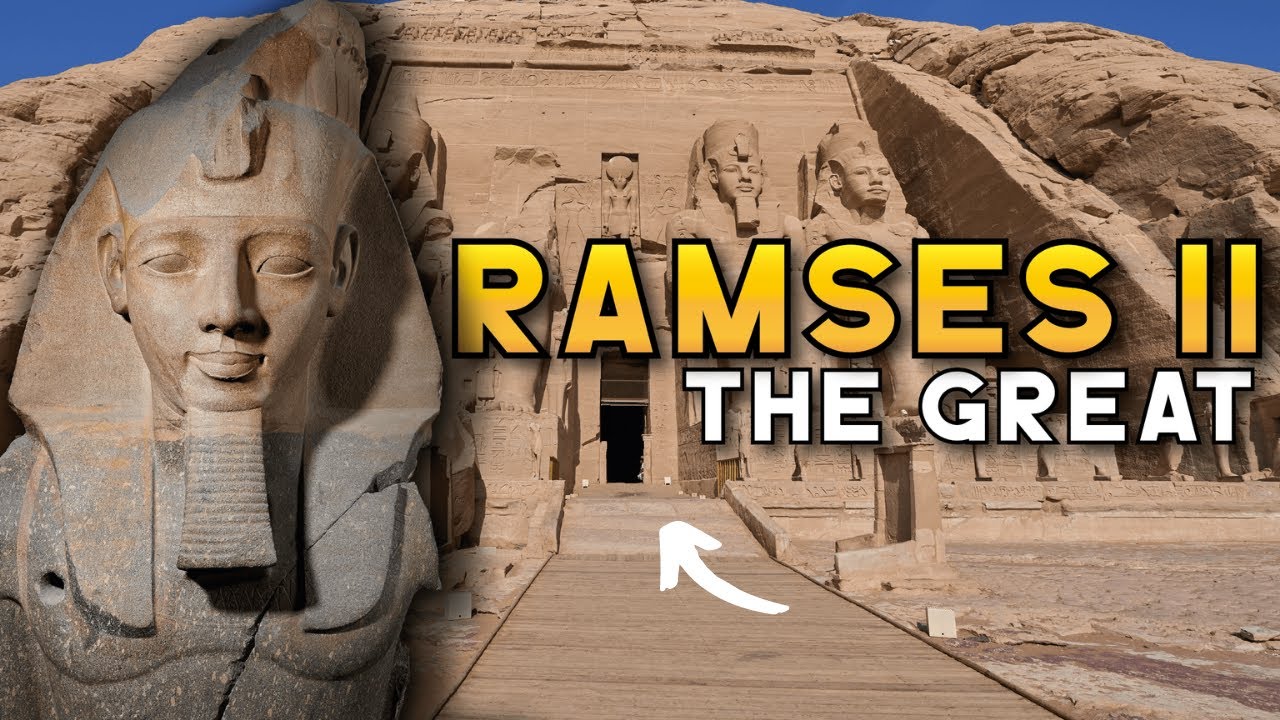
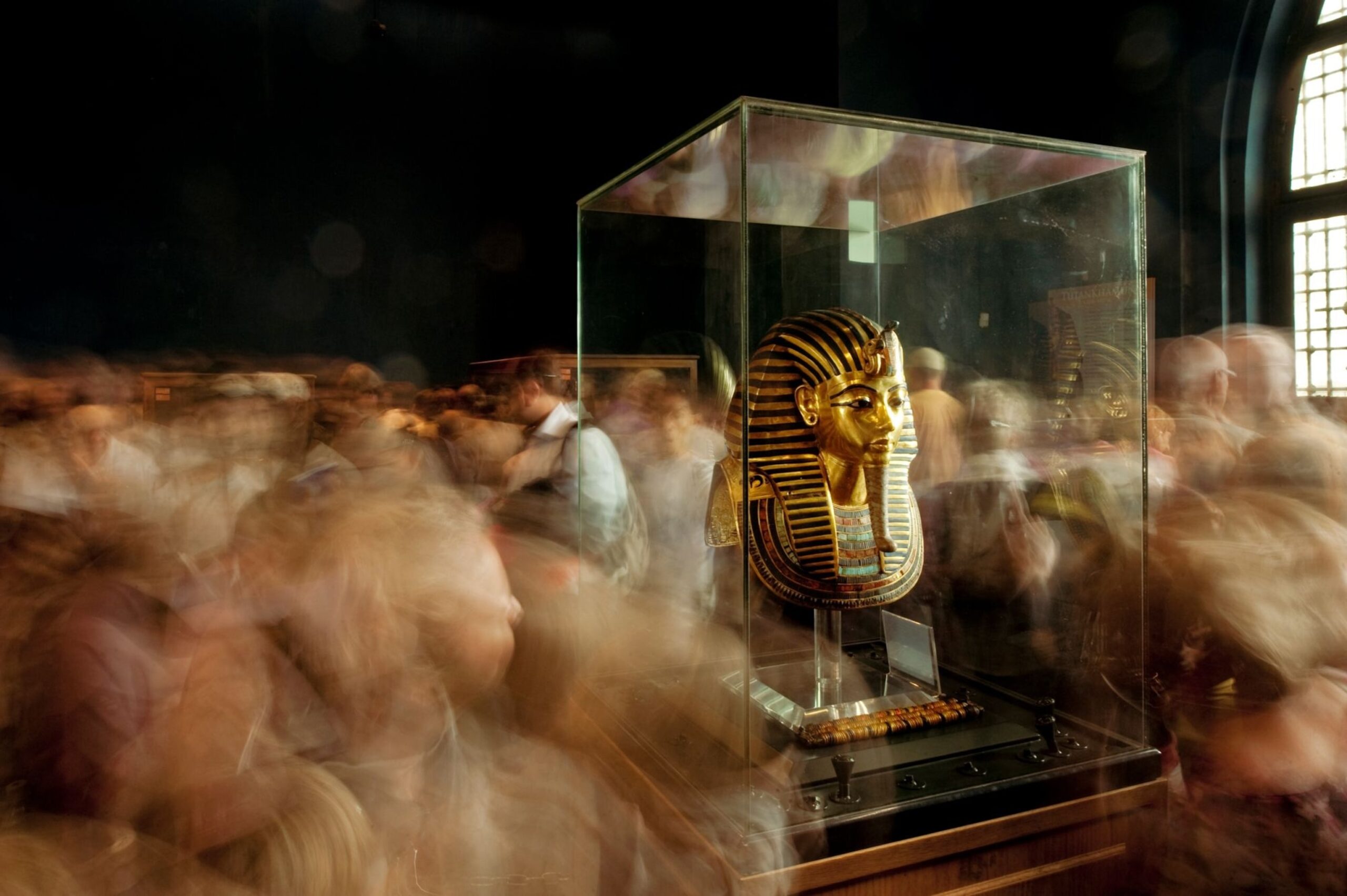


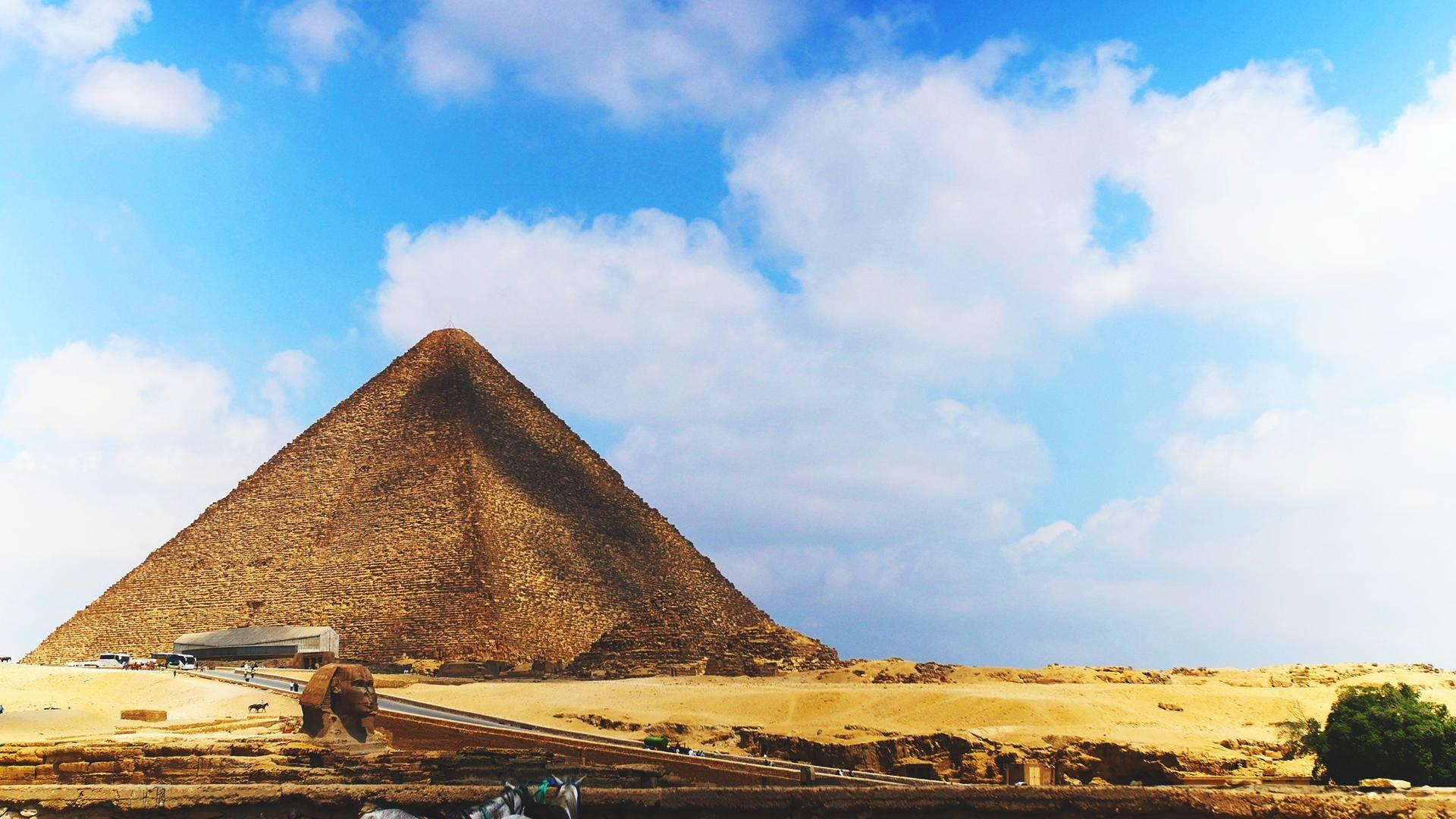

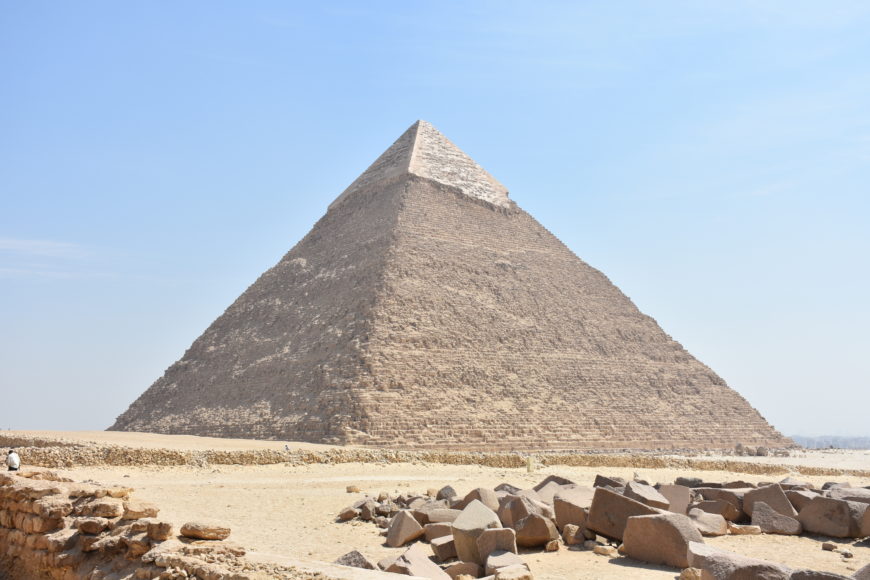


490966814.jpg)